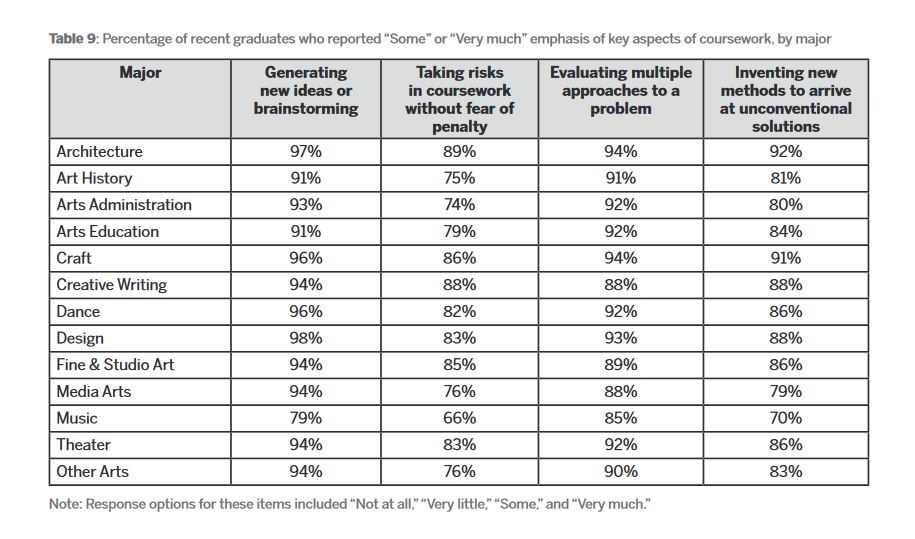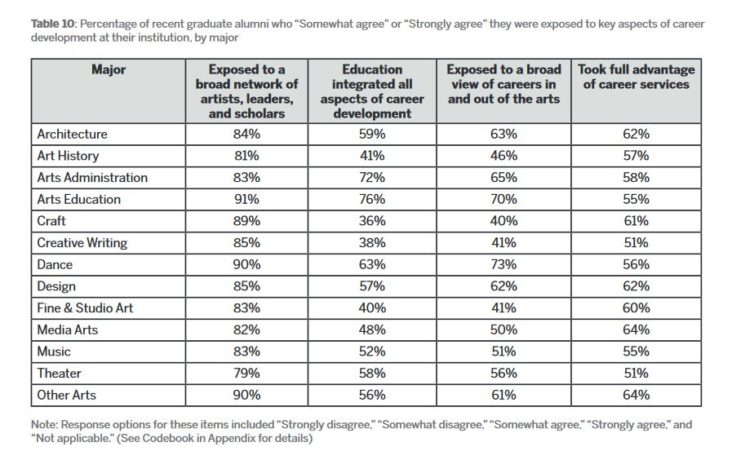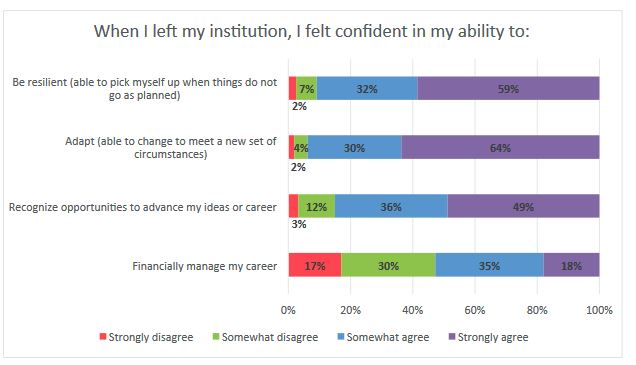For the last 20-25 years, audiences have been getting grayer and dying off.
We have all heard that statement multiple times in our careers. We have probably made that statement multiple times in our careers.
But have we really thought about the logical implications of that statement as we repeat it?
Last week I was on a conference call planning next year’s Arts Midwest conference when someone made a comment that was head smackingly obvious. If you break down that initial statement you realize over the last 20-25 years, people who didn’t have gray hair now do. And a lot of people have indeed died off.
So right now we are interacting with an almost entirely new generation of people we describe as “older audience.”
What the person said was essentially that the gray haired people today were a lot more rock n’ roll than the previous gray haired crowd. The tongue-in-cheek comment was that the new old people aren’t like the old old people.
Observations have been made that often people age into an appreciation of classical arts and culture- orchestra, opera, ballet etc., but let’s not forget that they aren’t necessarily aging out of the experiences and interests they had when they were younger. If the icons of their youth are still able to rock, they are ready to rock along with them.
While you may be well aware of all this, ask yourself if you aren’t viewing older audiences’ tastes today through pretty much the same lens as you did with older audiences 20 years ago. It can be easy to do because some members of that older crowd from 20 years ago are still around. They have been loyal to you for 20 years so you want to meet their expectations and keep them around.
But if we aren’t supposed to treat millennials as a monolithic group, we can’t treat older audiences as one either.
The bulk of your current loyal audience is not the same as the loyal audience of the past. It is likely that the current audience’s loyalty manifests in a different way. They may not be subscribing to the full season, for instance, but they still feel invested in your work and tell their friends.
The comment about the “new old people” wasn’t made in connection with a proposed conference topic, but the concept caused a little discussion. I would be interested to see if it got developed into something. It is one of those ideas that immediately strikes one as relevant, but creating a productive conversation around it that doesn’t subscribe to old assumptions or condescending stereotypes is another thing.





There is another way. The Gewandhaus Leipzig in Germany (concert venue) offers flex- tickets for a small premium. Not an…